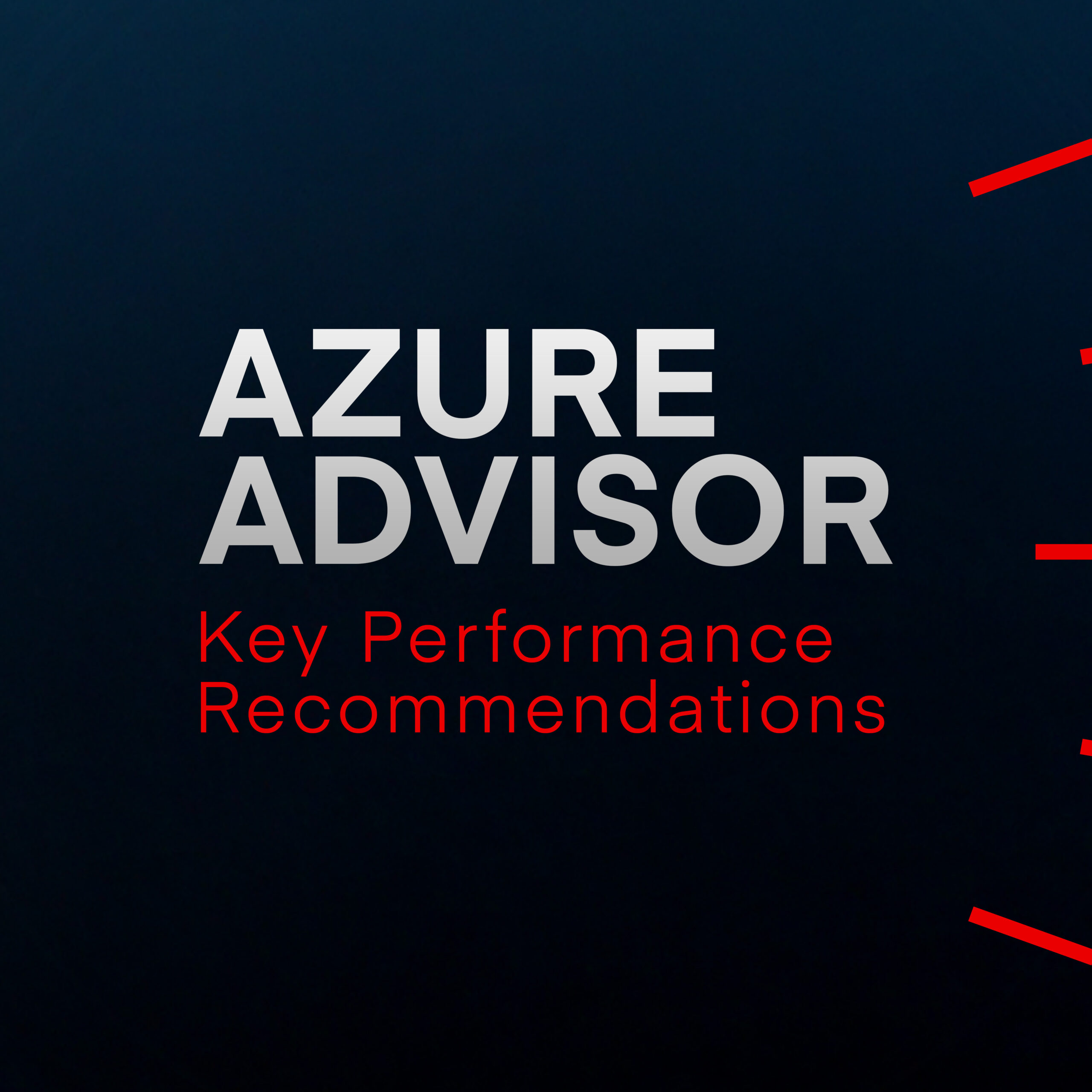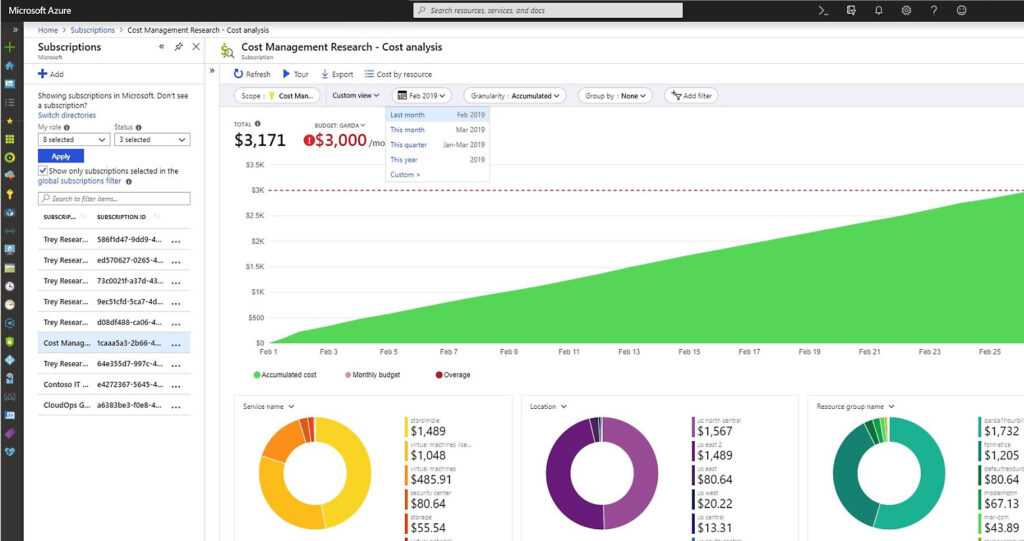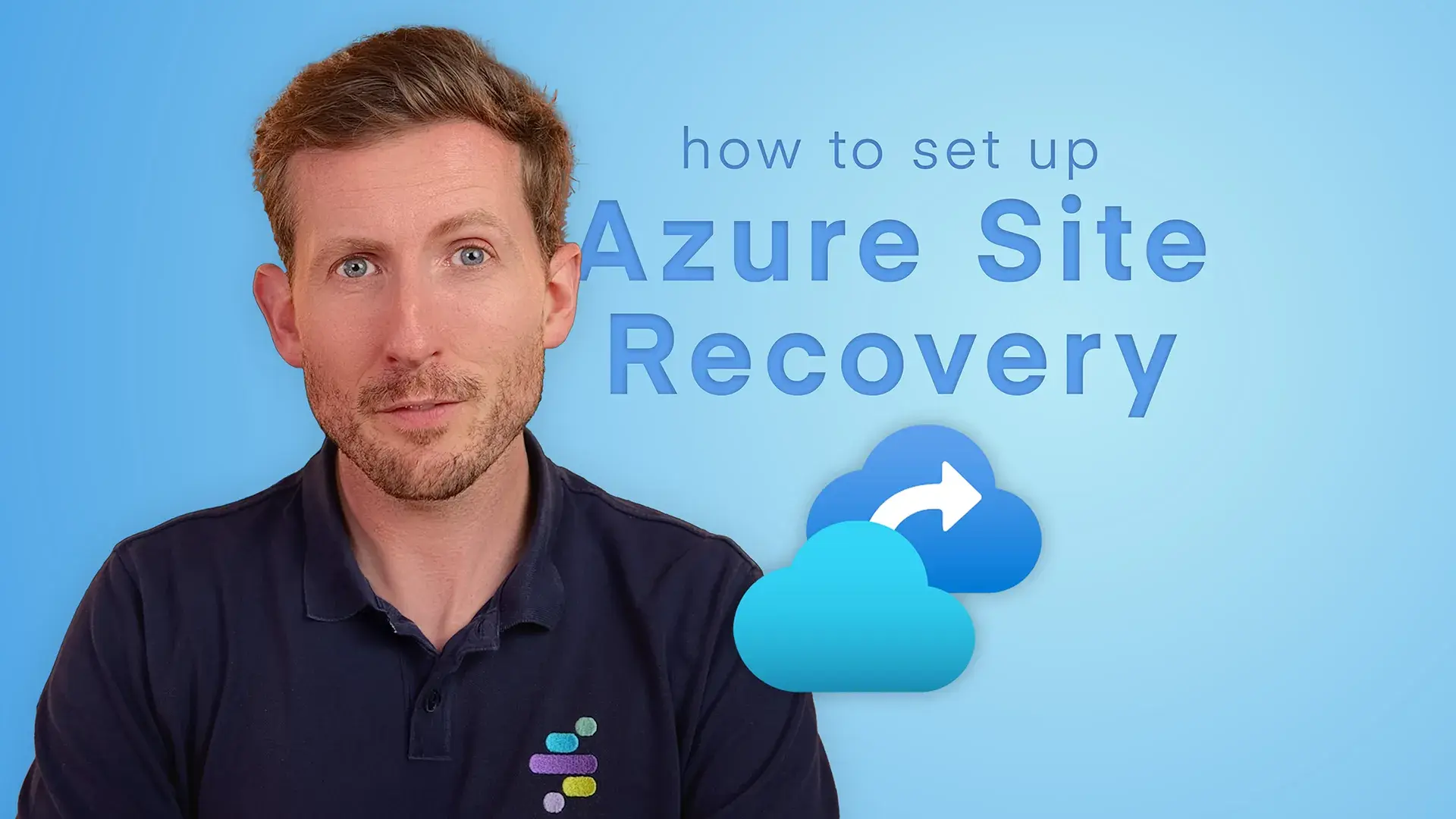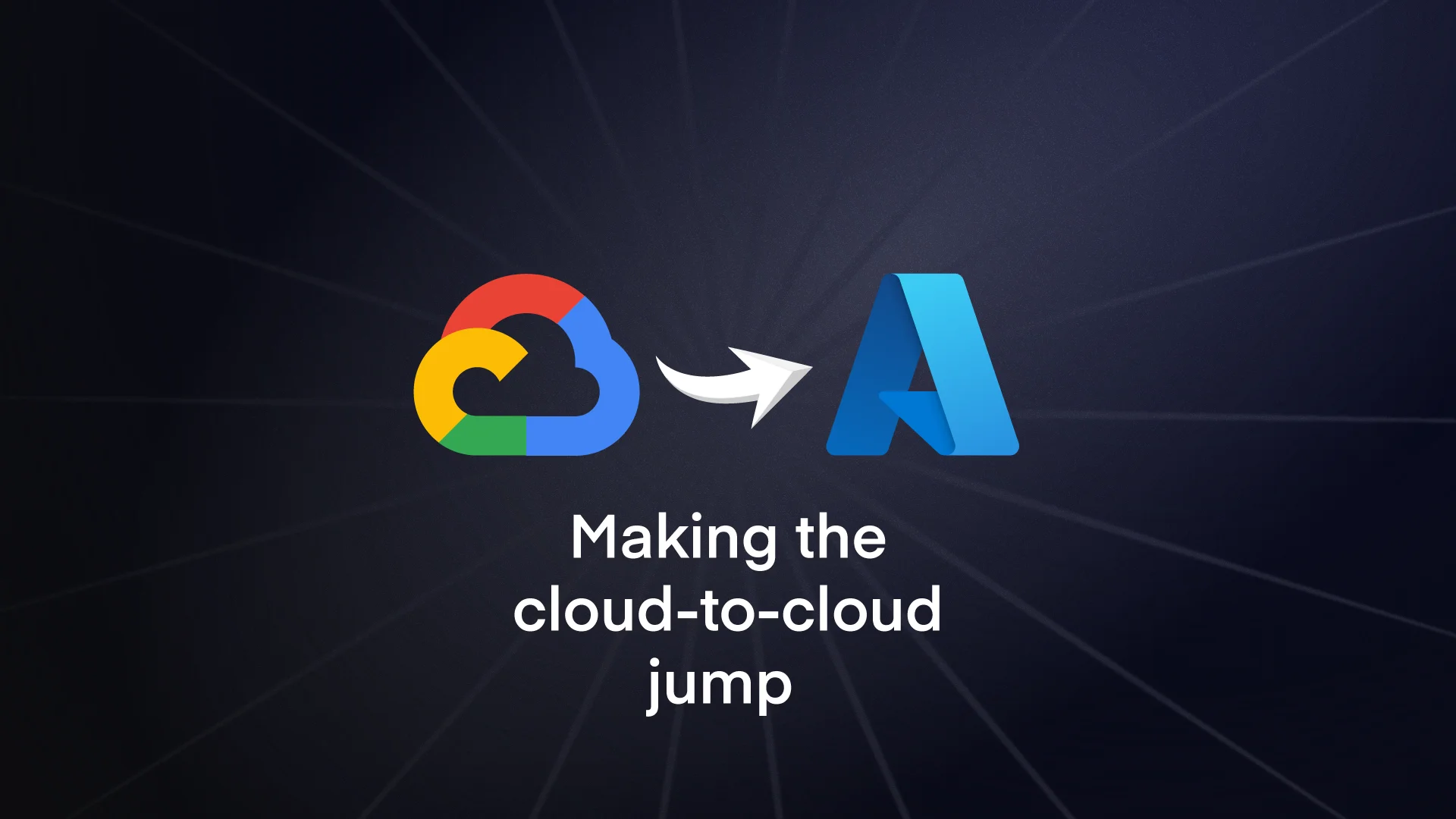Cloud computing has transformed how businesses operate, offering flexibility, scalability, and access to powerful productivity tools.
It should save them money, too, but that’s not always the case. In fact, 91% of organisations admit they’re wasting money in the cloud. Why is this? The reasons vary, but three major culprits consistently show up: a lack of cloud-specific skills, overprovisioned resources, and idle or underused assets.
In a recent episode of the Experts in Polo Shirts podcast, Synextra consultants Matt and Ryan broke down these common pitfalls, sharing their insights into how organisations can avoid them. Feel free to check out the linked video to enjoy the full discussion (we’ve highlighted some key quotes below).
Read on if you’re looking to make smarter cloud spending decisions – here’s what you need to know about how to reduce your cloud costs.







